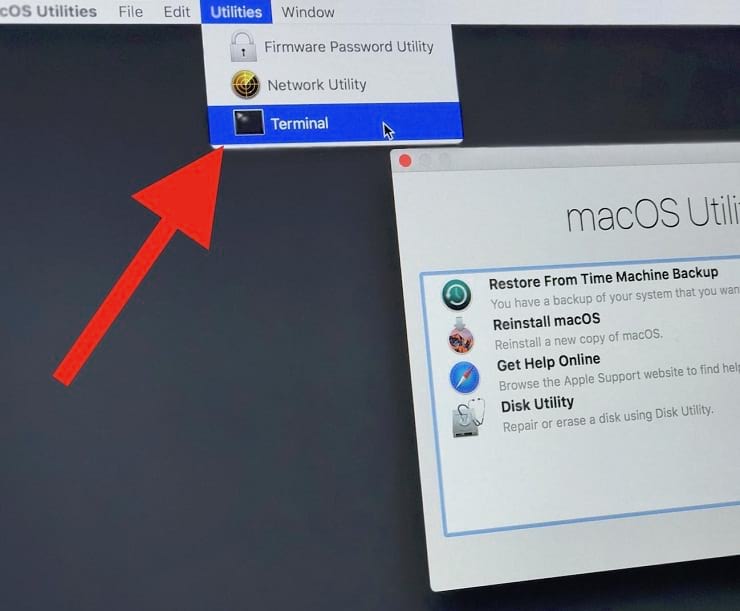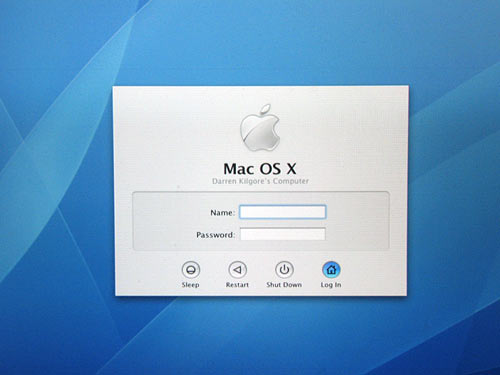

First attempt repairs using Keychain First Aid, and failing that, delete then recreate the keychain as described above while logged in as root. Enabling and using the "root" user in Mac OS XĪfter enabling the root user, and logging in under this account, again open Keychain Access. OS X Lion: Enable and disable the root userĤ. OS X Mountain Lion: Enable and disable the root userĢ. Login as root and perform repair In some cases, problems with keychains can only be resolved when logged in as the root user.ġ. Going to the "File" menu and selecting "Make '(name of keychain)' Default" You can now make this keychain your default if you desire by selecting it, then Create a new keychain by going to the "File" menu, then "New" and selectingħ. Check all options for deletion and press "OK"Ħ. Navigate to the "File" menu and select "Delete Keychain '(name of keychain)'"ĥ. Select the problematic keychain from the left-hand pane.Ĥ. Click "Show Keychains" in the lower-left corner of the window.ģ. Launch Keychain Access (located in Applications/Utilities)Ģ. This routine is useful if your keychain appears to be corrupt or otherwise inaccessible. The second option is to completely delete your keychain then recreate it. Go to the "Keychain Access" menu and select "Keychain First Aid" Make sure the "Synchronize login keychain password" box is checkedĦ.

Go to the "Keychain Access" menu and select "Preferences"Ĥ. Open Keychain Access (located in Applications/Utilities)Ģ. This can be accomplished via the following process:ġ. The admin password should now be changed.If you can't access your keychain, or forget your password If you can't get into your keychain file because you've forgotten your password or the keychain file appears to be corrupt, there are a couple of options.įirst, if you've forgotten your password, you can use the "Keychain First Aid" utility to make the keychain password the same as the login password. Go ahead and enter a new password.Īnd the machine will reboot. The computer will now prompt you to change the password for " lmadmin" (or whatever the short name was). For example, if the admin was rather prosaically called " imadmin", you would enter " passwd imadmin". Enter "passwd", a space, and the short name of the admin.

It should boot into a command line.Įnter these exact lines. The easiest way of doing this is by looking at what the directory is called in the Users folder. You can reset the password by printing out (or writing down) and carefully following these steps.įirst, find the short name of the admin user on the machine. It simply removes the user accounts and lets you create an initial admin account as if the computer were new out of the box. This last method does not actually change a password. The second-to-last command above will cause OS X to think that the operating system is newly installed, and when the new owner starts up the computer it will send him/her to the startup wizard where he/she can start a new user without reinstalling. Message, then the system is corrupted and needs to be reinstalled. If after seven tries you still do not receive a "Filesystem OK" If you do not receive a "Filesystem OK" message then repeat this command At the prompt, type the following commands pressing return after each The COMMAND-S keys until a black screen with white type appears.Ģ. Boot to Safe Mode by restarting and after the chime press and hold down (these will only work on Leopard or earlier)ġ. If you are unable to boot from an installer DVD : OS X Lion- Apple ID can be used to reset your user account password. Or see Reset a Mac OS X 10.7 Lion Password and Instructions in the dialog window that will appear. When the menubar appears select Terminal from the Utilities menu.Įnter resetpassword at the prompt and press RETURN. Select the Recovery HD and click on the downward pointing arrow button. Alternatively, restart the computer and after the chime press and hold down the OPTION key until the boot manager screen appears. Restart the computer and after the chime press and hold down the COMMAND and R keys until the menu screen appears. Mac OS X 10.6- If you forget your administrator password


 0 kommentar(er)
0 kommentar(er)
